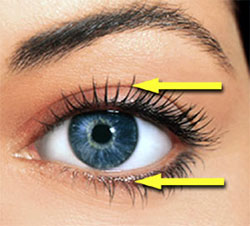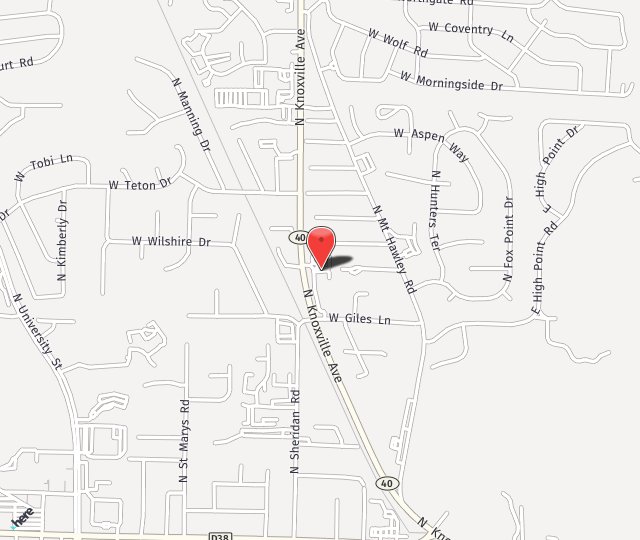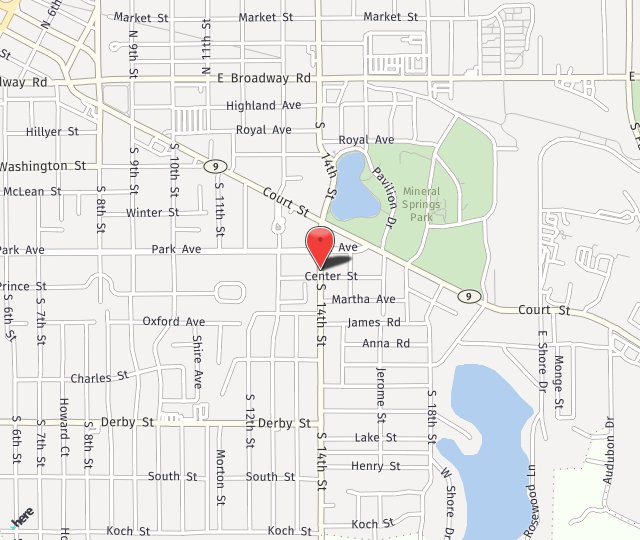Through modern techniques and advances in an eyelid rejuvenation procedure called blepharoplasty, your doctor can help restore a more youthful, alert and healthy look to your eyes. Sometimes referred to as a “mini facelift,” blepharoplasty has become one of the most popular cosmetic procedures for both men and women because of its high level of patient satisfaction. Blepharoplasty can be performed on both the upper and lower eyelids.
Blepharoplasty is for those who:
- have eyelids encroaching on their field of vision
- want to reduce loose skin over their eyes or bags under their eyes
Before Surgery:
Your doctor will evaluate the condition and health of your eyes. Specifics regarding your vision, tear production, use of contact lenses, use of medications and personal expectations will be discussed. This information, along with other factors such as age, skin type, and ethnic background will allow both you and your surgeon to come to a mutual decision. A plan will be discussed regarding the surgical technique, amount of surgery and type of anesthesia to be used.
What to expect on procedure day:
You will arrive 30-60 minutes prior to your procedure. Once you have been checked-in and settled comfortably, you will be prepared for surgery. Blepharoplasty is generally performed using a local anesthetic. You may be given a mild sedative to help you relax.
If you are having surgery performed on your upper eyelids, your surgeon will remove the excess skin, muscle and fatty tissue that have accumulated in the inside corner of your eye, next to your nose. The incisions will be made along the natural folds of your skin so that as the incisions heal, they become difficult, if not impossible to see.
If your surgery is on your lower eyelids, your surgeon will make the incision inside or behind the eyelid (providing there is not too much excess skin). This technique is called a transconjunctival blepharoplasty, which allows the removal of fatty deposits while avoiding the need for an external incision. If you have excessive skin or muscle folds below the eye, an incision may also be made just below the base of the eyelashes. As this incision heals, the fine scar should become barely visible.

After the procedure, you will need to have someone drive you home. You may experience some bruising and swelling for a week to a month after the surgery, longer in some cases. Cold compresses and head elevation will help reduce these effects. Your doctor may also recommend eye ointments and/or eye drops to keep the eye moist and clean.
Postoperative discomfort is usually relatively mild, but your eyes may feel sticky, dry and itchy for a week or so after the procedure. You will need to take special care in cleaning around your eyes for the first week or two.
Stitches are usually removed within five to ten days after surgery. Self-absorbing stitches will dissolve on their own. Make-up or sunglasses may be used to camouflage temporary bruising after the stitches are removed.
Expectations:
The decision to have blepharoplasty is an important one that only you can make. The vast majority of our patients are extremely happy with their appearance after blepharoplasty, however, we cannot guarantee you will have the results you desire. Although the positive effects on your appearance from having blepharoplasty are immediate, your results will not be considered final for up to a year as the healing process continues.
Serious complications with blepharoplasty are extremely rare, but like any surgical procedure, it does have some risks. If you decide that a blepharoplasty is an option for you, you will be given additional information about the procedure that will allow you to make an informed decision about whether to proceed. Be sure you have all your questions answered to your satisfaction.
Blepharoplasty is generally considered a cosmetic procedure and most insurance companies will not pay for the procedure. However, if your eyelids are encroaching upon your field of vision, the procedure may be covered as "medically necessary" surgery. We would be happy to contact your insurance carrier to determine if they cover the procedure.
If you would like more information about this exciting procedure, you may want to make an appointment or request additional information from our practice.


